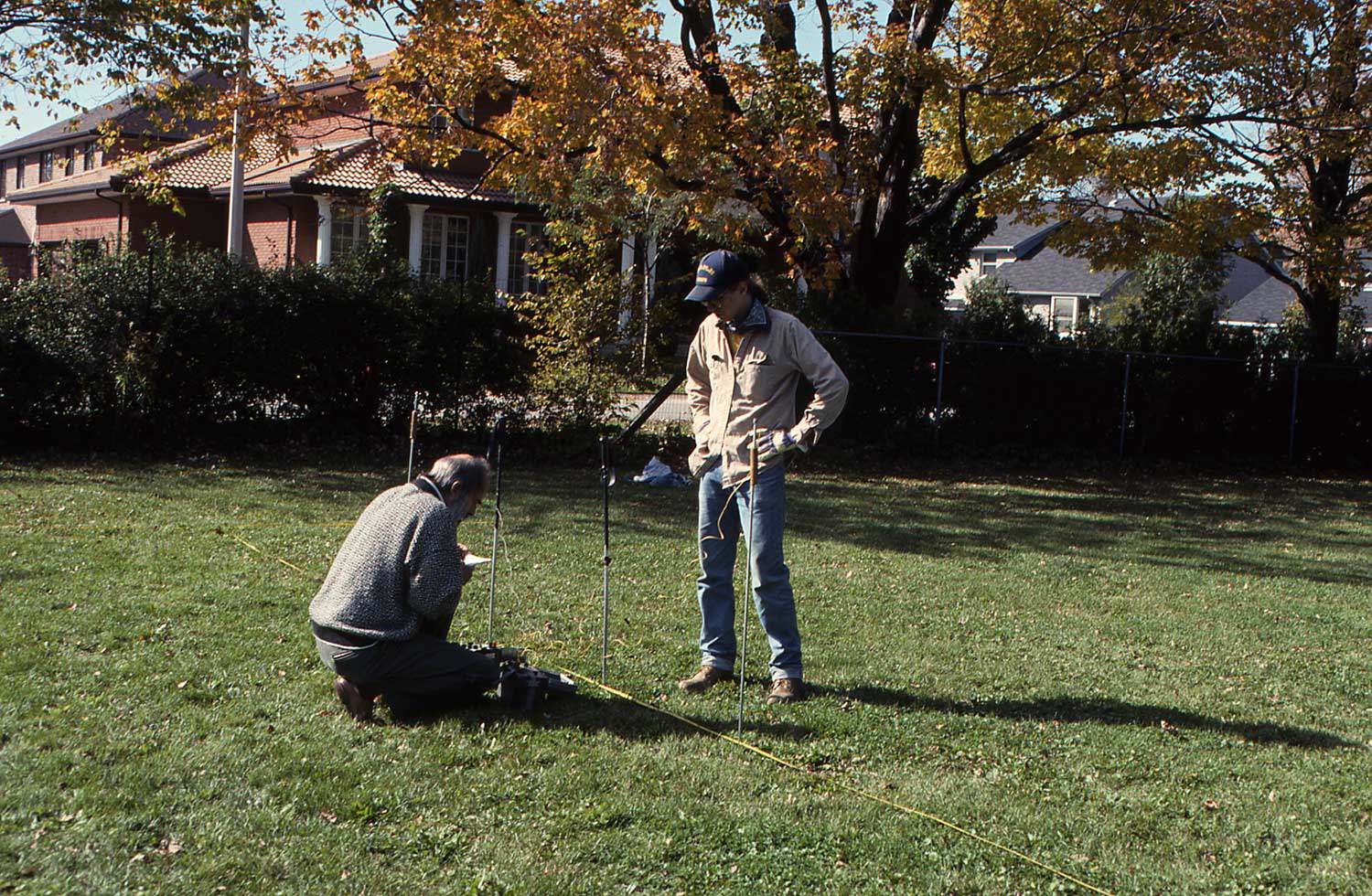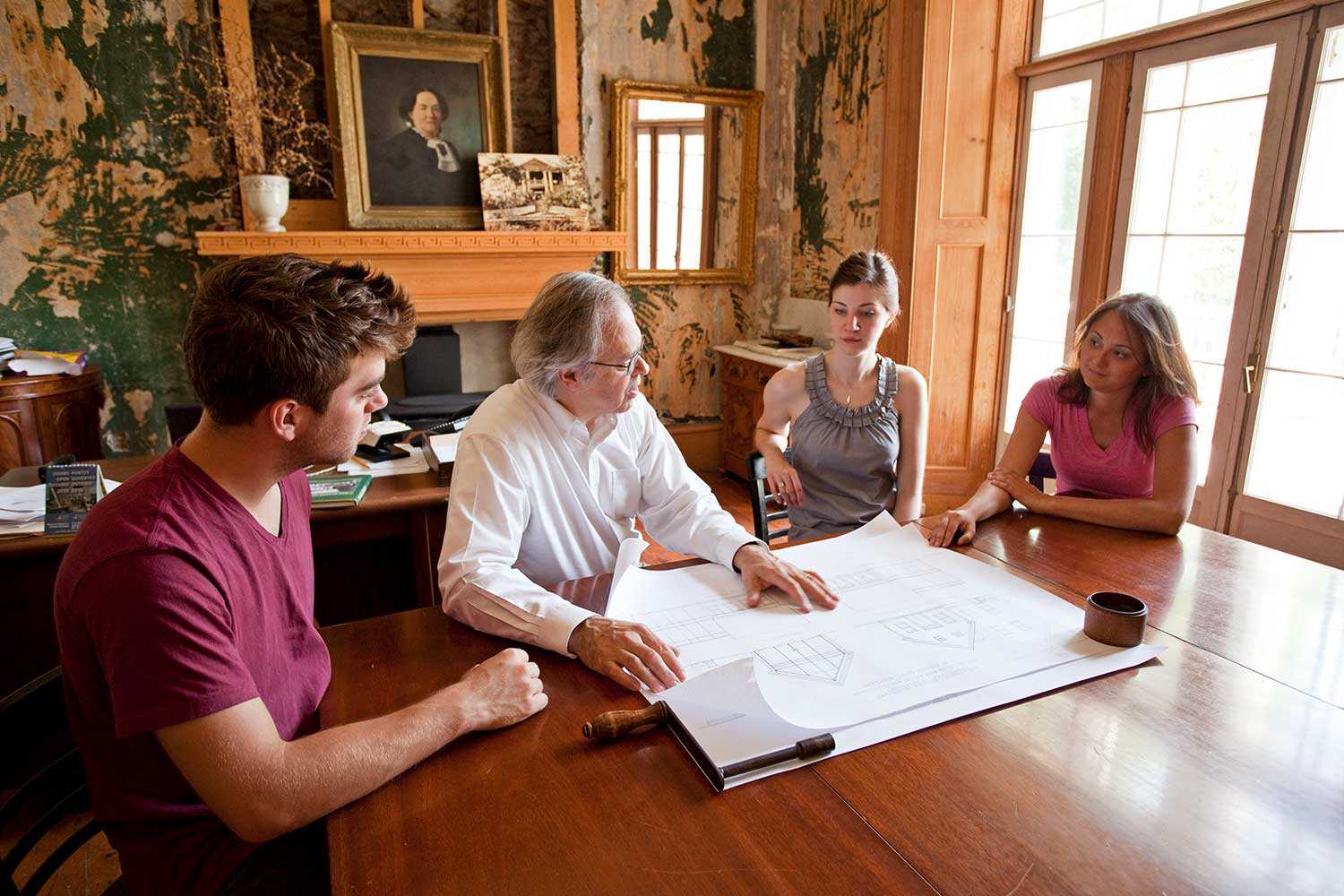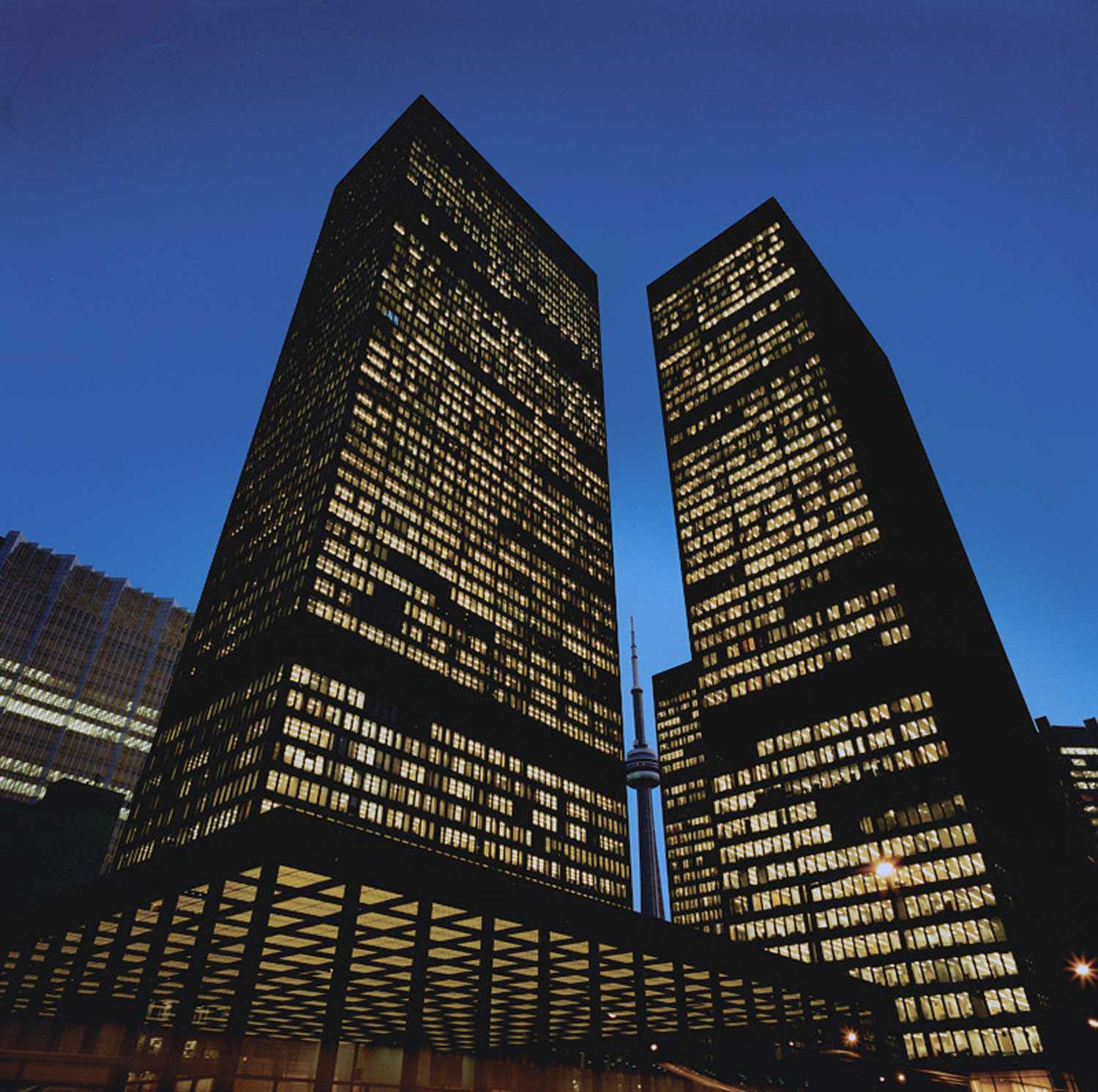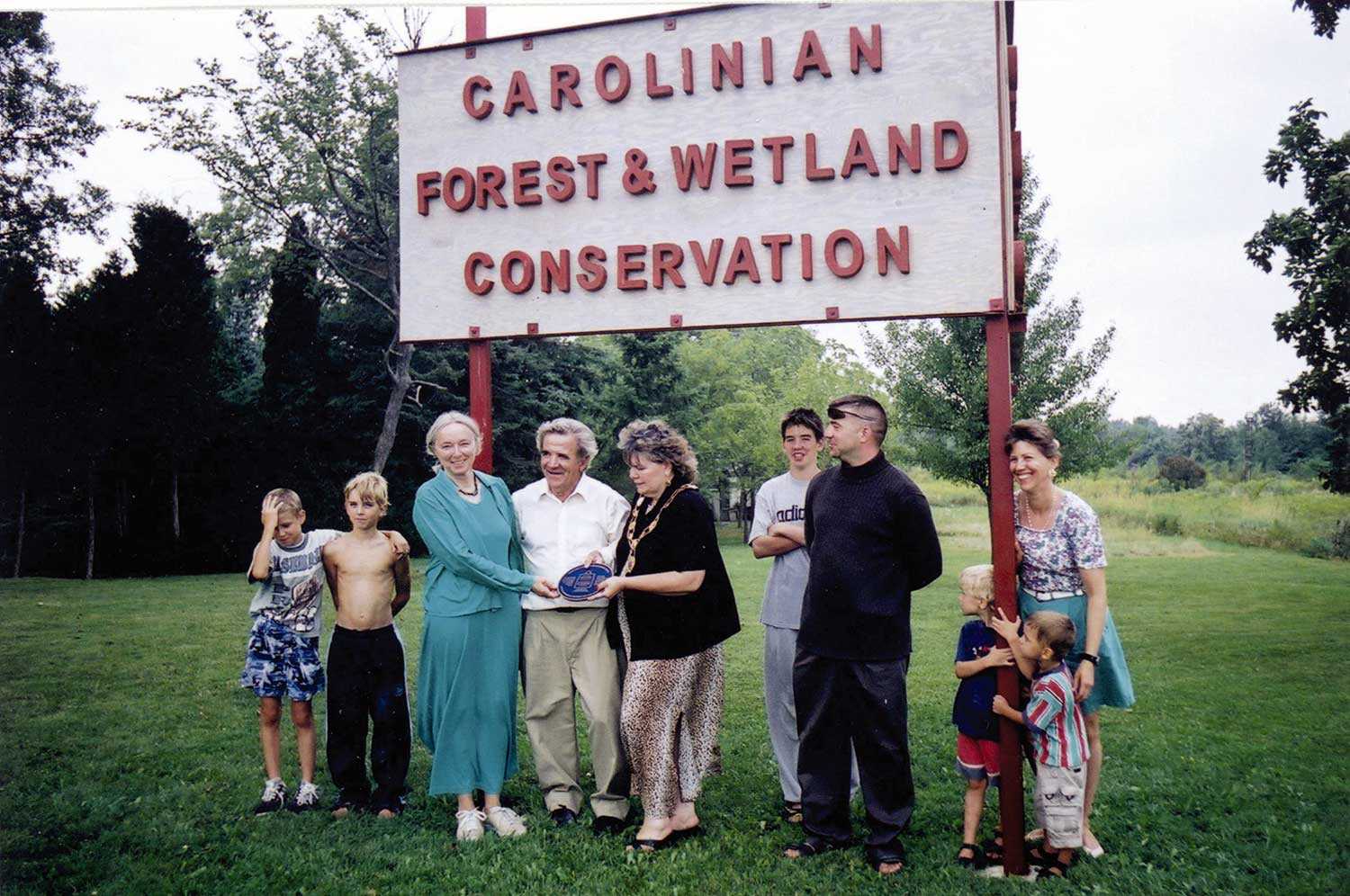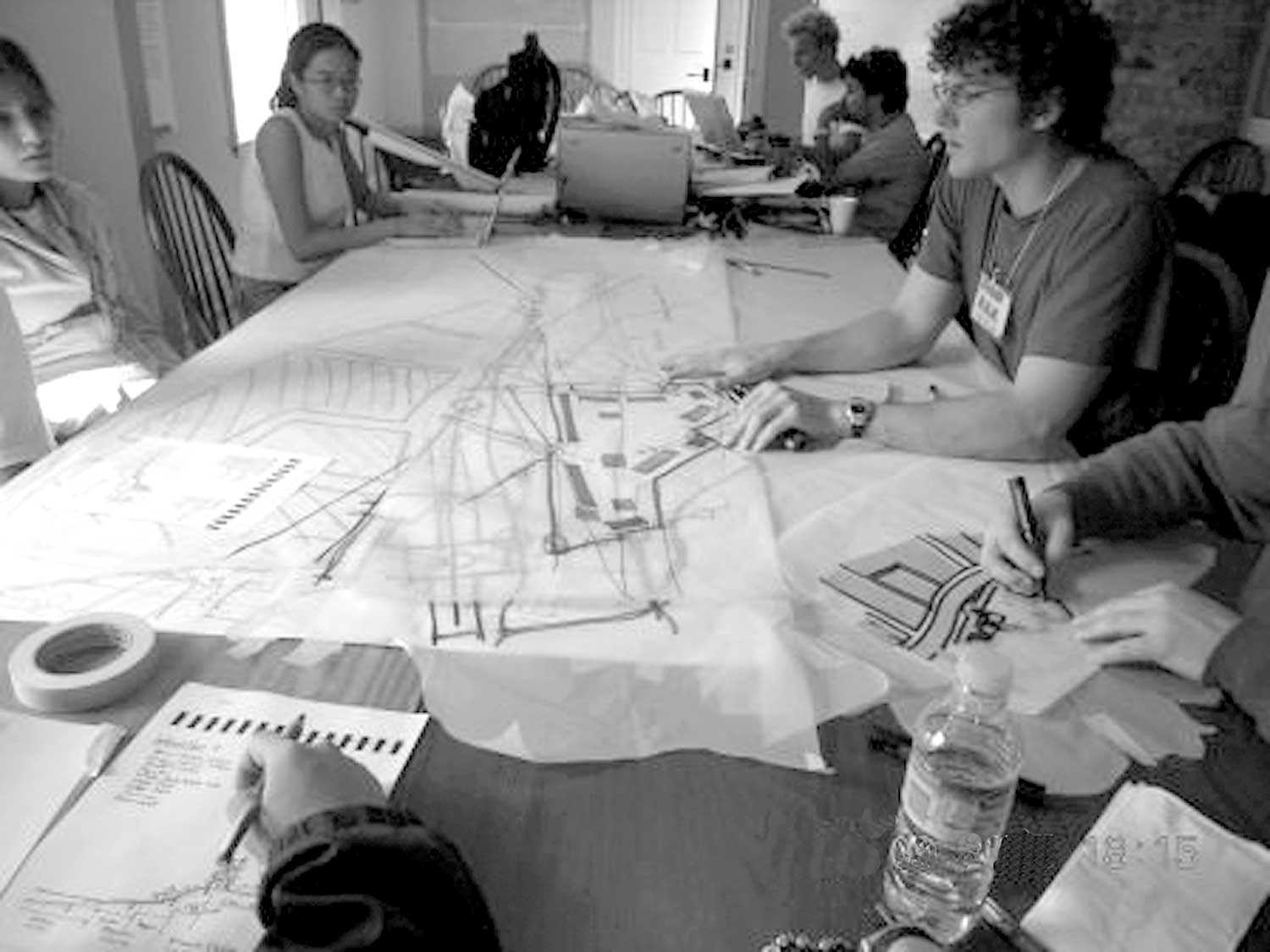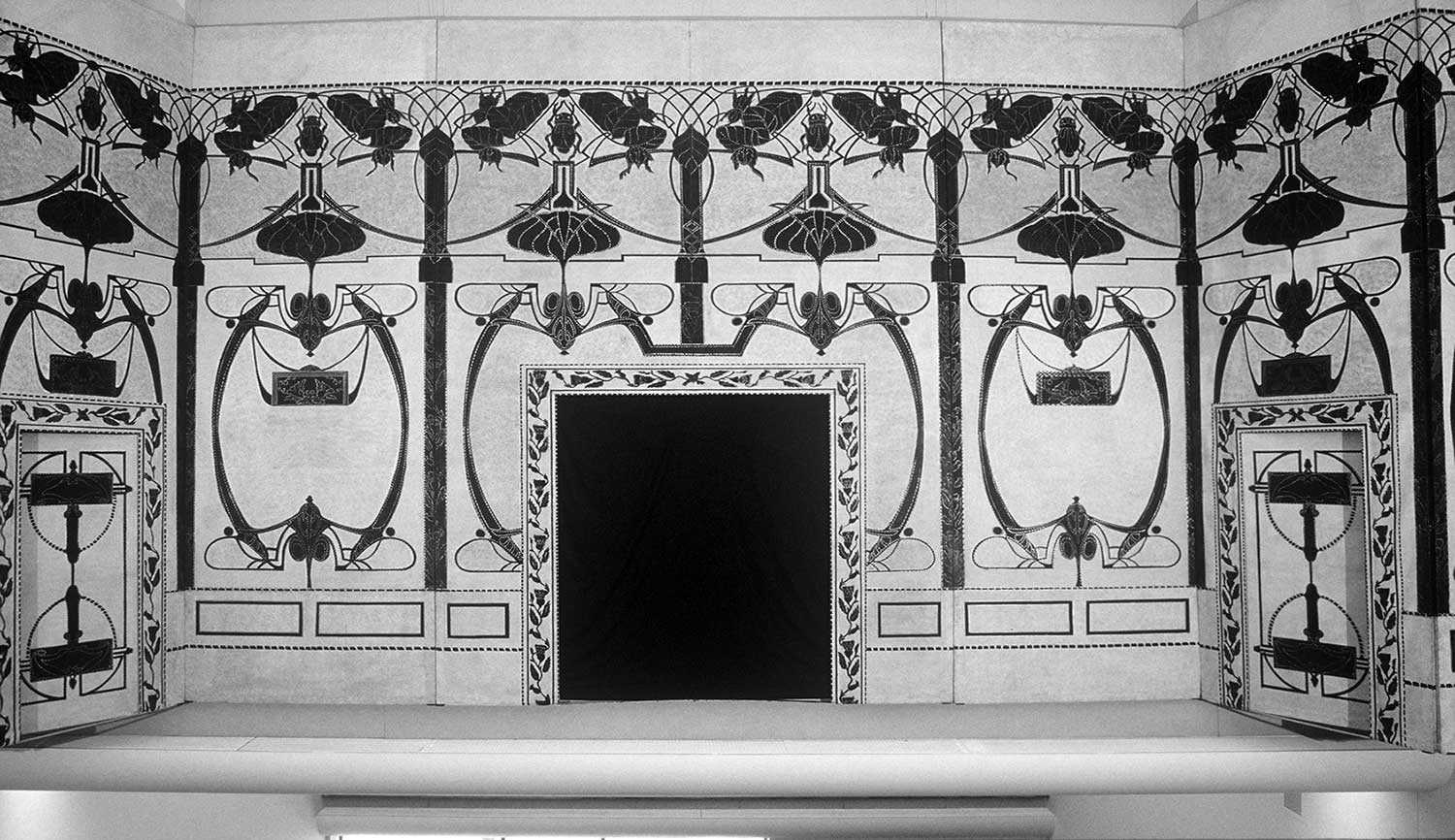

Browse by category
- Adaptive reuse
- Archaeology
- Arts and creativity
- Black heritage
- Buildings and architecture
- Communication
- Community
- Cultural landscapes
- Cultural objects
- Design
- Economics of heritage
- Environment
- Expanding the narrative
- Food
- Francophone heritage
- Indigenous heritage
- Intangible heritage
- Medical heritage
- Military heritage
- MyOntario
- Natural heritage
- Sport heritage
- Tools for conservation
- Women's heritage
Subsidizing demolition
In nature, there is no such thing as waste. Nature operates in an endless web of interconnected cycles of use, transformation and reuse. The concept of waste is uniquely human. We partition the land and its resources into two distinct groups: the unwanted, which is discarded, and the wanted or useful. Strangely enough, resources tend to migrate between these categories on a regular basis. In fact, this migration is central to our current economy.
Not only have humans created the notion of waste and have grown to accept it, but we have also positioned waste as a necessary byproduct of growth and development. Waste and pollution are being created faster than the earth can naturally absorb, recycle or accommodate them. In our approach to the planet, we use economic arguments to justify the extraction of resources and the management of nature. To find a new paradigm, we must look to nature itself. Only by redesigning our economic model to mimic the cycles of nature can we overcome our current destructive pattern of waste.
But what does this have to do with cultural heritage conservation? Everything! The natural cycle we are looking for is rooted in the conservation ethic, and not limited to natural and cultural heritage. Conservation is the blueprint for a sustainable civilization. We need to integrate, rather than isolate, our economic systems with the natural ecological systems of the planet.
Complete and effective conservation is impossible through the segregated approach that has been applied to the environment since before the Industrial Revolution. The idea that we cherish some portions of the planet above others means there are some portions we abandon. The earth is a closed, yet interconnected system where nothing can be added or removed. Simply put, we have to live within our means, treat all resources and land as precious and reinvent our economy to meet this objective.
Because it is so heavily subsidized, waste disposal is an affordable option that drives decision making for land-use planning, architectural design and heritage conservation. The impact and full cost of inefficient resource management is being deferred. For the most part, the demolition of buildings is undertaken for perceived economic reasons and expediency. It is cheap, easy and culturally acceptable.
Last year, waste generated from construction and demolition in Ontario accounted for 30 per cent (3.9 million tonnes) of the non-hazardous inactive material being directed into landfills. This is 25 per cent more than all of the household waste diverted from landfills through blue box programs. Ontario has had a major landfill capacity shortfall for decades. As the population grows – and as we continue to demolish old and build new – we are creating a massive environmental deficit. In the face of waste management challenges, Ontarians strive to reduce, reuse and recycle. Blue box programs are commonplace in communities larger than 5,000 people. There are no similar requirements, programs or support, however, for recycling in the construction and demolition industries. The fees charged at landfill sites hover around $50 per tonne – and are often much less in nearby places such as Michigan, where massive private landfills flourish under less stringent environmental regulations.
The policy of managing waste locally and recycling are often at odds. It is no secret that blue box material from Ontario is shipped to Asia for sorting and then shipped back. This process will remain environmentally absurd yet economically viable until our local recycling industry develops enough capacity to handle our waste. Regulations, incentives or taxes must also be introduced to encourage local comprehensive recycling. Also, markets must be developed for the recyclables and/ or until our waste production drops dramatically.
Let’s examine what this means for the preservation of heritage buildings.
Toronto’s James Cooper House, shown here, will be preserved. But subsidized demolition continues to threaten many other heritage buildings across Ontario.
A case study in waste
It’s 1879 and we find ourselves in a fashionable residential neighbourhood in Anytown, Ontario. A successful businessman, Mr. Smith, has just built a new house for his family. It is a stylish, detached, brick building rising two-and-a-half storeys. A mansard roof, clad with slate and pierced with elaborate dormers, is framed with old-growth white pine. The hand-rendered plaster walls and ceilings, appointed with fine mouldings and medallions, have just been painted rich Victorian colours. The smell of fresh linseed oil wafts through the hardwood halls and the millwork is treated with labour-intensive faux finishes. The structure is almost entirely composed of local materials, assembled on site with great skill, thoughtfulness and attention to detail. The gross floor area is an ample 220 square metres (2,500 square feet), the ceilings soar over three metres (10 feet), providing natural light and superb cross-ventilation through double-hung wood-sash windows.
Mr. Smith knows his house is well built and the envy of his neighbours. What he doesn’t know is that someday his house will be considered to have cultural heritage value, and could even be designated under the Ontario Heritage Act. In addition, his house weighs over 300 tonnes and possesses about 1.75 million Mega British thermal units of embodied energy – the equivalent of about 63,500 litres of gasoline.
In 2009, the Smith House is in the centre of a bustling city. Saplings planted after the First World War have become massive shade trees. The once-quiet residential block is now a mosaic of multiuse infill and re-muddlings of earlier buildings. The residence appears relatively modest on the street and has become dog-eared and wanting for maintenance. Yet, the basic attributes remain intact – serviceable and brimming with architectural potential – a dusty gem on a street that has been deemed ripe for intensification.
Should a new owner wish to realize the site’s potential, in the above scenario, the most common outcome would be razing the house and shipping it to a landfill in Michigan, with an ill-proportioned and architecturally disappointing building erected in its place. Disposal of this house would require about 1,000 litres of diesel, 20 dump-truck loads and would cost less than $20,000. Landfill tipping fees account for less than a third of this cost. The demolition permit is a mere $120. Most significantly, this result appears to make economic sense. Anything else would be bad business and would not reflect the highest and best use for the property.
Clearly, something is dreadfully wrong with this scenario. We are subsidizing the cost of new construction and exporting or mortgaging the costs of demolition at the expense of our cultural heritage, urban landscape and environment. Worse still, our replacement buildings aren’t nearly as durable or inherently sustainable as those they are replacing. The industry model for life-cycle costing seems to be about the length of a mortgage (i.e., 25 to 40 years). Our architecture becomes disposable and our pattern of living more linear than cyclical, an exponentially unsustainable and short-sighted perspective. The priority for instant financial gain and the acceptance of waste are producing a bill that the planet can ill afford to pay.
It is understood and broadly accepted that we recycle our household “waste,” which costs most municipalities about $160 per tonne. Shouldn’t demolition waste be held to the same standard? If we change our cost variables to reflect the real cost of demolition, do we not alter the fate of the Smith House? Dismantling the building instead of knocking it over requires significantly more labour, planning, time and cost. The tipping fees become the cost of recycling, and rise about three-fold. In this revised model, our permit fee would be increased 50 times, similar to that used for building permits in order to ensure worker safety. We would require an environmental review regardless of building size (the current threshold is 2,000 square metres). Add government support such as a landfill tax – like the £32 per tonne landfill tax in the United Kingdom – and the numbers begin to change. In this revised scenario, the cost to dismantle and locally recycle the Smith House could be well over $100,000. Given a choice between this price tag and reinvesting in an existing building – be it a heritage property or otherwise – many owners would consider preservation as the more fiscally sound option.
Of course the goal is not to dismantle heritage buildings at all, but to retain them in their entirety and reuse them in situ. If the cost of demolition increased fivefold, would the Smith House be preserved for financial reasons alone? Certainly, there are other factors to consider – such as condition, integrity, development potential, political support, use and heritage significance. Nonetheless, if traditional landfills became financially unfeasible and local recycling implemented and enforced, we wouldn’t see nearly as many viable buildings removed or replaced.
There are other benefits to achieving this shift to ecological commerce. It would lead to more thoughtful architectural design and durable construction with less impact on our natural and agricultural lands. Moreover, this would transform our linear economy, which relies on waste and wholesale replacement, into an ecology of labour intensive local services, resource stewardship and environmental renewal inspired by the cycles of nature.
TRY Recycling Inc., established in London in 1991, is one of the few facilities in the province that recycles large-scale construction and demolition debris, turning it into commercial products such as compost, topsoil, gravel and wood chips that are 100 per cent recycled. More than 98 per cent of the materials delivered to their depots are recycled, reused and redistributed. For more information, visit www.tryrecycling.com.


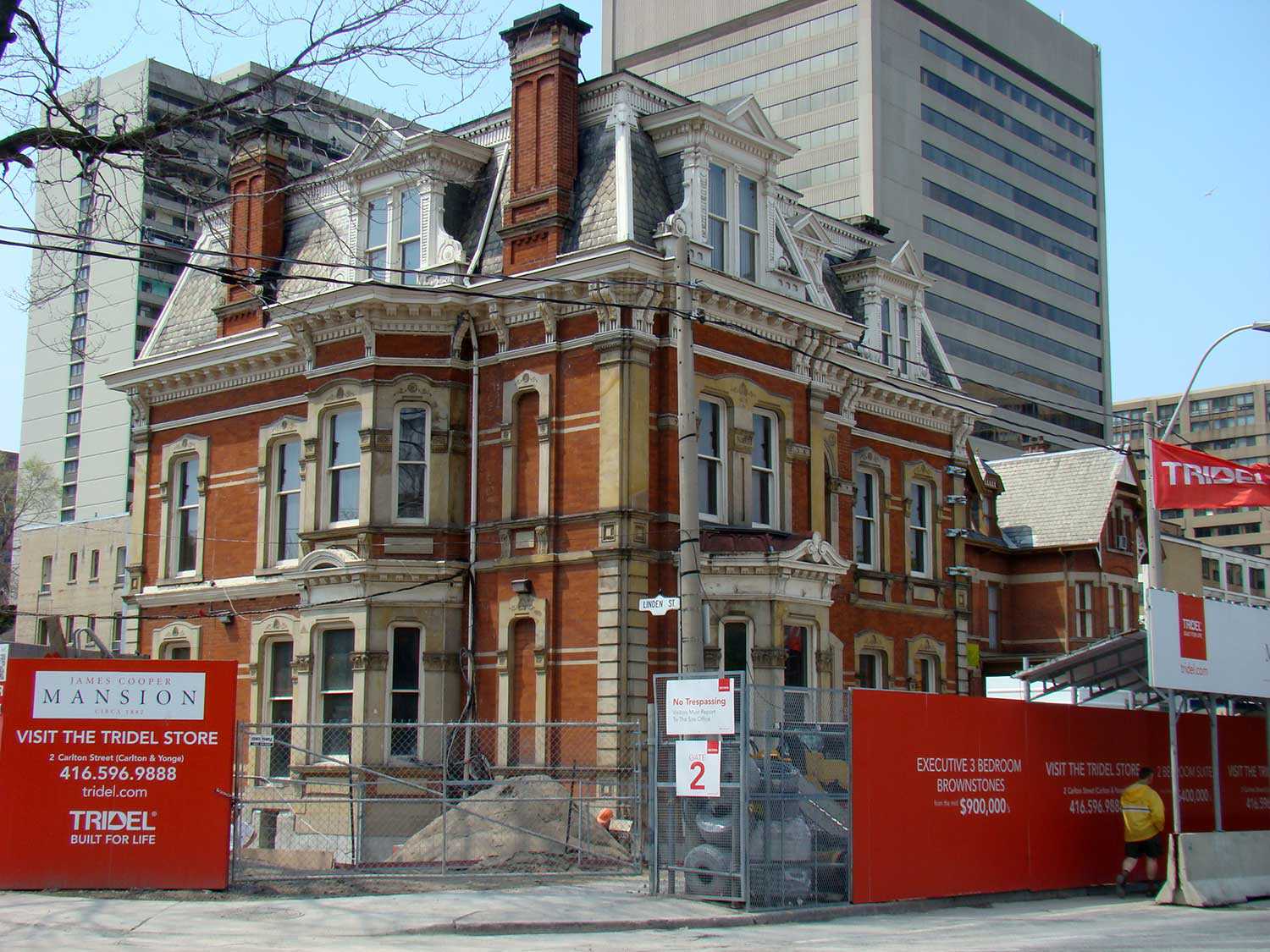
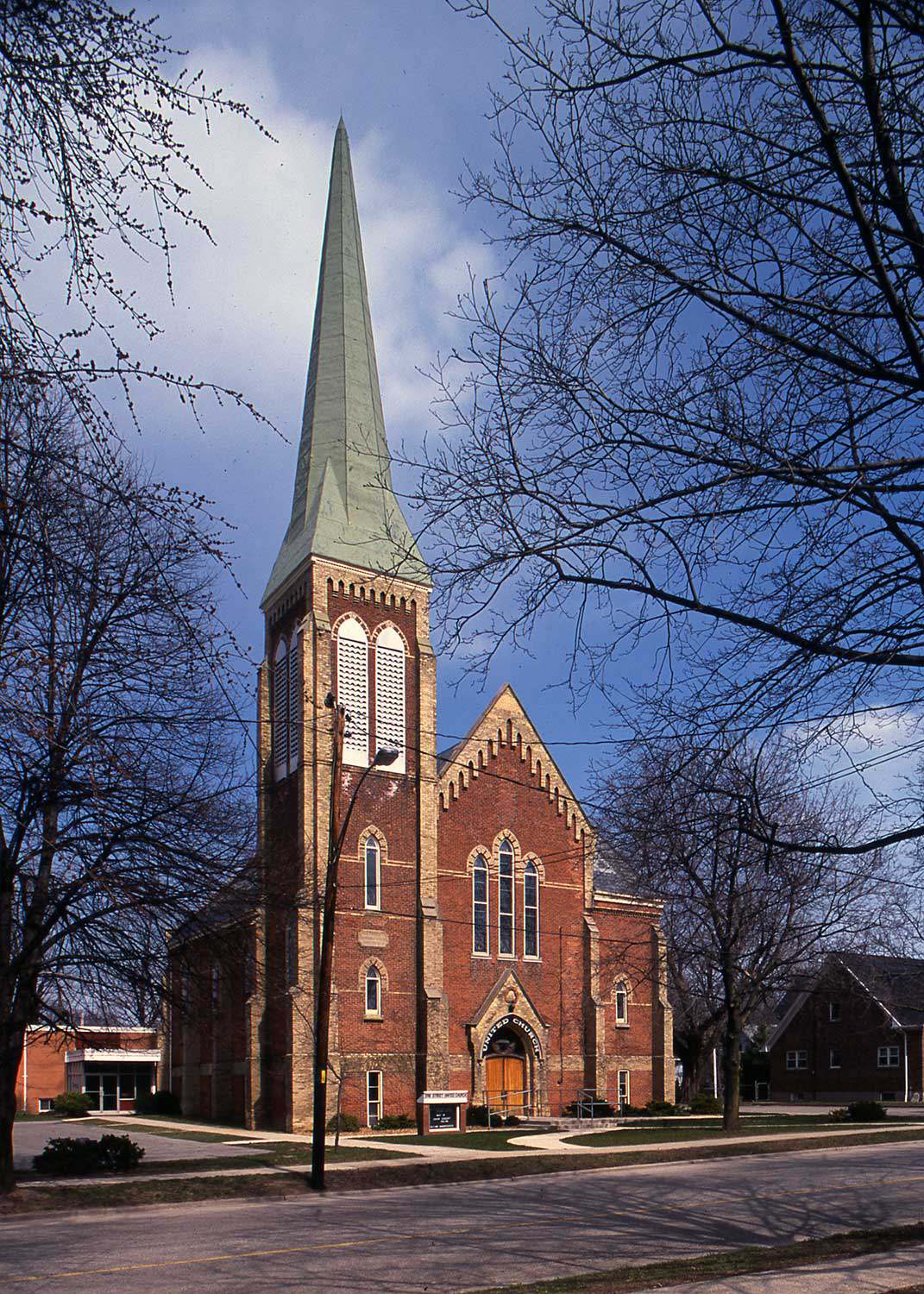
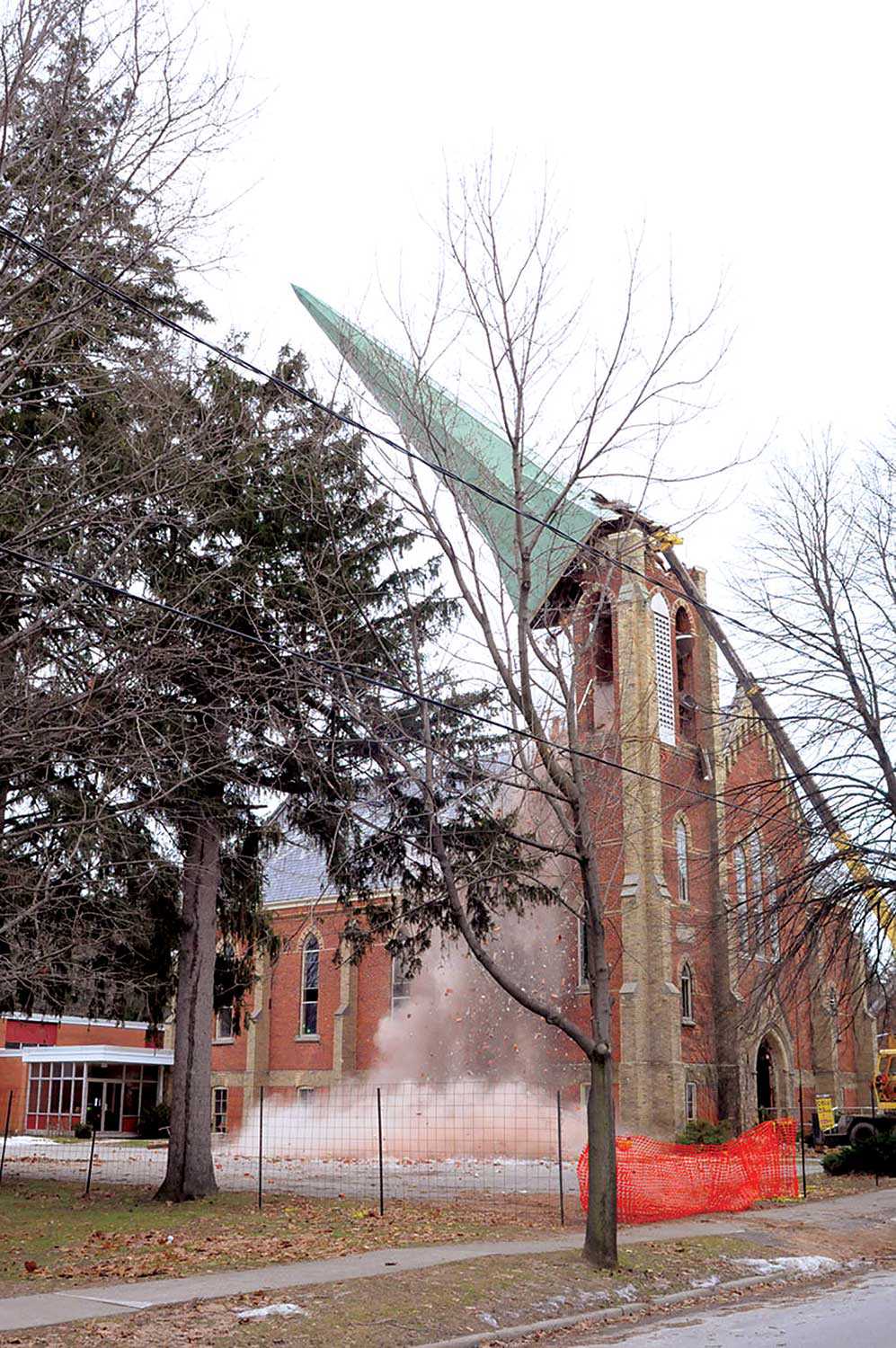




























![J.E. Sampson. Archives of Ontario War Poster Collection [between 1914 and 1918]. (Archives of Ontario, C 233-2-1-0-296).](https://www.heritage-matters.ca/uploads/Articles/Victory-Bonds-cover-image-AO-web.jpg)




















